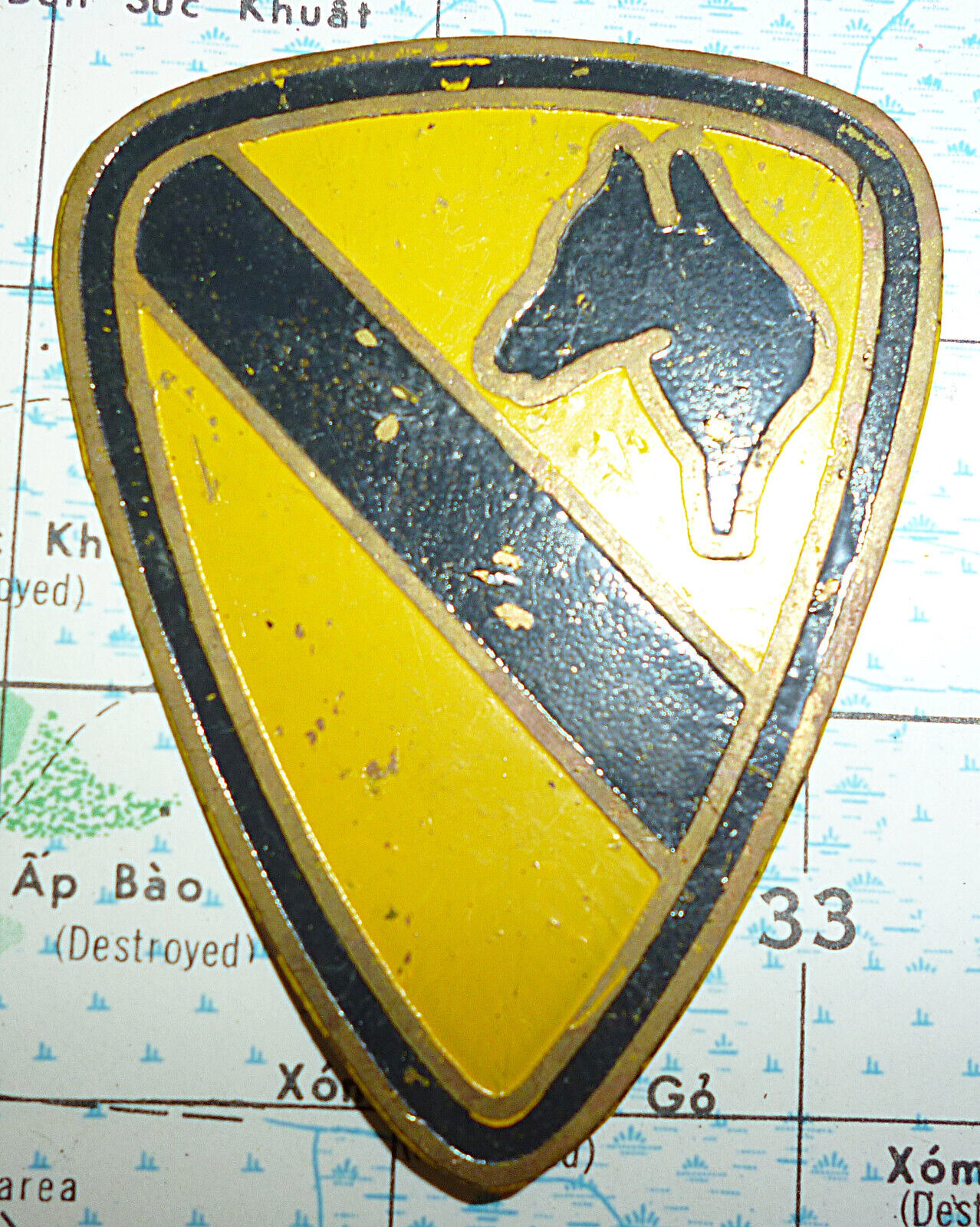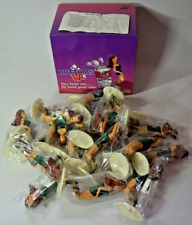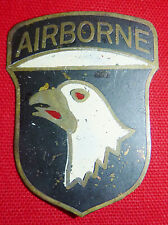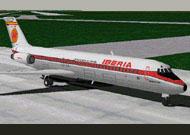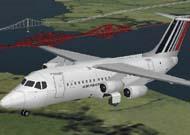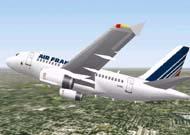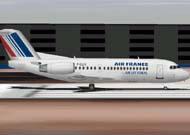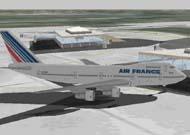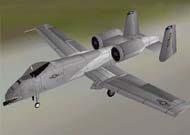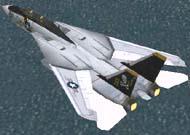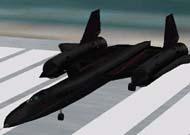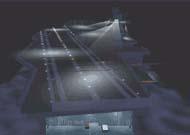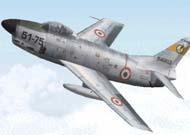When you click on links to various merchants on this site and make a purchase, this can result in this site earning a commission. Affiliate programs and affiliations include, but are not limited to, the eBay Partner Network.
Banned Badge - US 1st Cavalry Division - Horse Head made into shape of Map of Vietnam.
Badge Banned by 1st Cav HQ - US States, Army - Rare piece - Vietnam War Badge
United States Army - Air Cavalry - Airmobile - Helicopter Attack
Measures - 2.2 x 1.6 inches (5.5 x 4 cms)
This Badge was banned from wear due to the Distortion of the standard, 1st Cavalry Division, Horse\'s Head into the Map of Vietnam.
1st Air Cavalry Division / 11th Air Assault Division
The 1st Cavalry Division by the start of the Vietnam War was no longer a conventional infantry unit The division had become an air assault division as the 1st Cavalry Division (Airmobile), commonly referred to as the 1st Air Cavalry Division.
The use of helicopters on such large scale as troop carriers, cargo lift ships, medevacs, and as aerial rocket artillery, was never before implemented, but by doing so it freed the infantry from the tyranny of terrain to attack the enemy at the time and place of its choosing.
In 1965, colors and subordinate unit designations of the 1st Cavalry Division were transferred from Korea to Fort Benning, Georgia, where they were used to reflag the existing 11th Air Assault Division (Test) into 1st Cavalry Division (Airmobile).
The division\'s first major operation was to help relieve the Siege of Plei Me near Pleiku and the pursuit of the withdrawing North Vietnamese Army which culminated in the Battle of Ia Drang, described in the book We Were Soldiers Once...And Young, was also the basis of the film We Were Soldiers. Because of that battle the division earned the Presidential Unit Citation (US), the first unit to receive such in the war. In 1966, the division attempted to root the communist Viet Cong and the North Vietnamese army (PAVN) out of Binh Dinh province with Operation Masher, Operation Crazy Horse and Operation Thayer. 1967 was then spent conducting Operation Pershing, a large scale search and destroy operation of communist base areas in II Corps in which 5,400 communist soldiers were killed and 2,000 captured. In Operation Jeb Stuart, January 1968, the division moved north to Camp Evans, north of Hue and on to Landing Zone Sharon and Landing Zone Betty, south of Quang Tri City, all in the I Corps Tactical Zone.
On the 31st of January 1968, the largest battle of the Vietnam War, the Tet Offensive, was launched by 84,000 communist soldiers across South Vietnam.
In the 1st Cavalry Division\'s area of operation, the North Vietnamese Army (NVA) and Vietcong forces seized most of the city of Huế.
As the 3rd Brigade, 1st Cavalry Division, fought to cut off communist reinforcements pouring into Huế, at Quang Tri City, five battalions, most from the 324th NVA Division, attacked the city and LZ Betty (Headquarters 1st Brigade).
After intense fighting, 900 NVA and Vietcong soldiers were killed in and around Quang Tri City and LZ Betty.
In March 1968 the 1st Cavalry Division shifted forces to LZ Stud, the staging area for Operation Pegasus to break the siege of the Marine combat base at Khe Sanh. The second largest battle of the war.
All three brigades participated in this airmobile operation, along with a Marine armor thrust.
US Air Force B-52s alone dropped more than 75,000 tons of bombs on North Vietnamese soldiers from the 304th and 325th Divisions encroaching the combat base in trenches. As these two elite enemy divisions, with history at Dien Bien Phu and the Ia Drang Valley, depleted, the 1st Cavalry Division (Airmobile) leapfrogged west, clearing Route 9, until at 0:800 hours 8 April, the 2nd Battalion, 7th Cavalry, linked-up with Marines at the combat base, ending the 77-day siege.
On 19 April 1968, as the 2nd Brigade continued pushing west to the Laotian border, the 1st and 3rd Brigades (about 11,000 men and 300 helicopters) swung southwest and air assaulted the A Shau Valley, commencing Operation Delaware.
The North Vietnamese Army was a well-trained, equipped, and led force. They turned A-Shau into a formidable sanctuary.
A long-range penetration operation was launched by members of the 1st Cavalry Division (Airmobile)\'s, long-range reconnaissance patrol, against the North Vietnamese Army when they seized \"Signal Hill\" the name attributed to the peak of Dong Re Lao Mountain, a densely forested 4,879 feet (1,487 m) mountain, midway in the valley, so the 1st and 3rd Brigades, slugging it out hidden deep behind the mountains, could communicate with Camp Evans near the coast or with approaching aircraft.
The Division continued support of almost all major US Operations in Vietnam (Laos and Cambodia) until, on the 29th of April 1971, the bulk of the division was withdrawn to Fort Hood, Texas.
(but its 3rd Brigade remained as one of the final two major US ground combat units in Vietnam, departing 29 June 1972 and its 1st Battalion, 7th Cavalry, Task Force Garry Owen, remained another two months)
In the Vietnam War, the First Cavalry Division suffered more casualties than any other army division.


